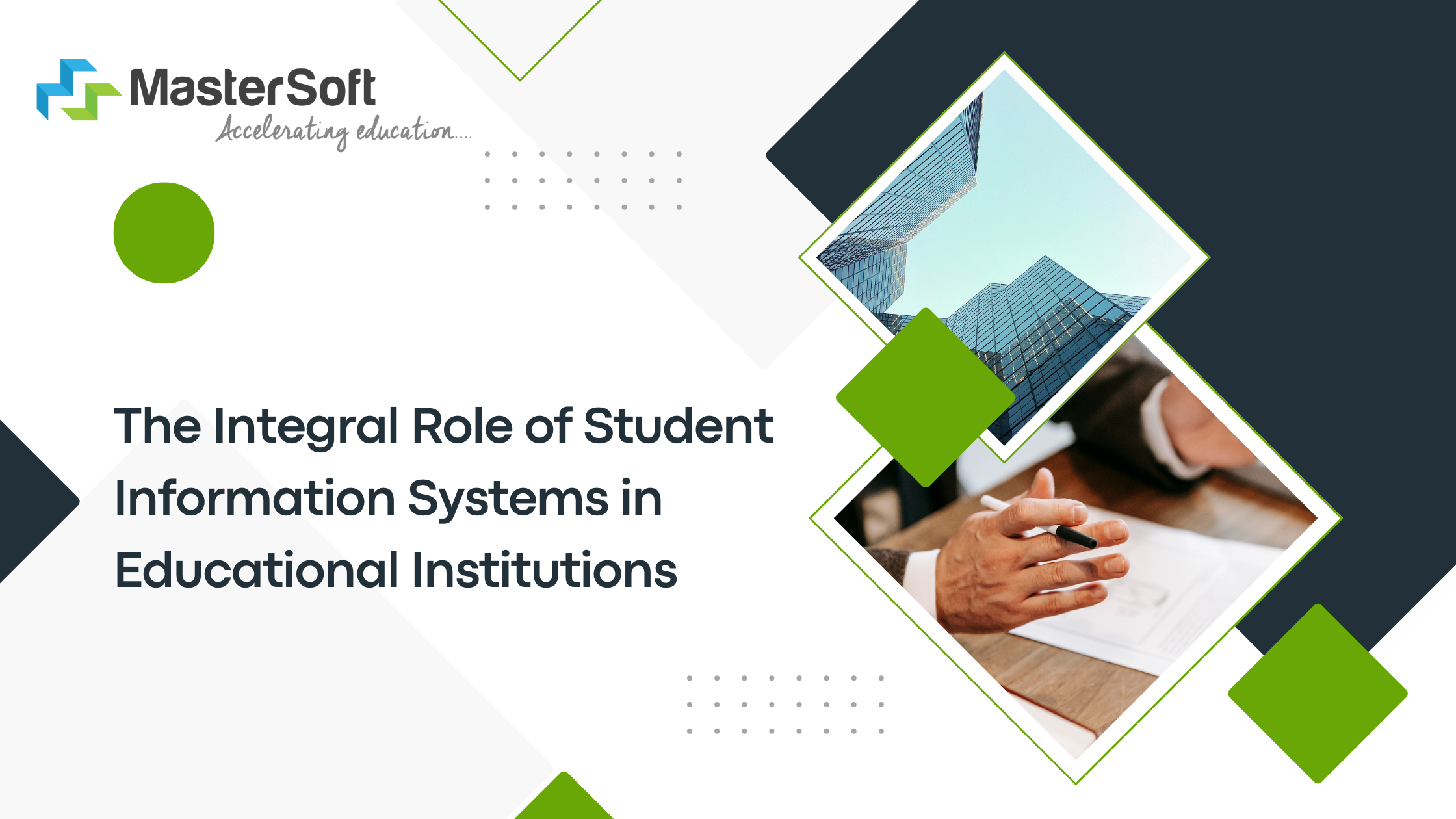In the digital age, educational institutions are increasingly relying on technology to enhance their operations and improve student outcomes. At the core of this technological transformation is the Student Information System (SIS), a crucial tool that facilitates the management of student data, streamlines administrative tasks, and enhances communication. This article explores the essential role of SIS in educational institutions and its impact on the overall educational experience.
1. Understanding Student Information Systems (SIS)
A Student Information System (SIS) is a comprehensive software platform designed to manage all aspects of student data within an educational institution. It centralizes information related to student enrollment, academic records, attendance, and personal details, making it easily accessible and manageable for administrators, teachers, and other stakeholders. This centralization allows for more efficient data handling and supports the overall functioning of the institution.
2. Enhancing Administrative Efficiency
One of the most significant benefits of an SIS is its ability to enhance administrative efficiency. Traditional methods of managing student information often involve manual processes, which are time-consuming and susceptible to errors. SIS automates many of these tasks, such as student registration, grade entry, and attendance tracking. This automation reduces the administrative burden, freeing up staff to focus on more critical tasks, and ensures that data is accurate and up-to-date.
3. Improving Communication and Engagement
Effective communication is vital in any educational environment, and SIS plays a key role in facilitating this. The system provides a platform for seamless communication between students, parents, teachers, and administrators. Features such as parent portals, automated notifications, and messaging systems allow for real-time updates on student progress, attendance, and school events. This improved communication fosters greater engagement among all stakeholders, contributing to a more supportive educational community.
4. Ensuring Data Accuracy and Accessibility
Accurate and accessible data is essential for informed decision-making in education. SIS ensures that all student information is meticulously recorded and easily accessible to authorized users. This means that teachers can quickly retrieve and review student records, monitor academic performance, and identify areas where additional support may be needed. Parents also benefit from having easy access to their child’s academic information, enabling them to stay informed and actively participate in their child’s education.
5. Supporting Academic Planning and Evaluation
SIS is a valuable tool for academic planning and evaluation. It provides educators with the resources they need to create lesson plans, track student progress, and generate detailed reports. These tools help teachers assess student performance, identify trends, and make data-driven decisions that enhance the learning experience. Additionally, SIS can integrate with online assessment tools, streamlining the process of conducting tests and analyzing results, which contributes to a more efficient and effective educational environment.
6. Prioritizing Data Security and Privacy
With the increasing reliance on digital systems to manage student information, ensuring data security and privacy is of utmost importance. SIS platforms are equipped with advanced security features, including encryption, secure access controls, and regular data backups, to protect sensitive student information from unauthorized access. Furthermore, these systems help educational institutions comply with data protection regulations, ensuring that student data is handled responsibly and in accordance with legal requirements.
7. Enabling Data-Driven Decision Making
Data-driven decision-making is crucial for the success of any educational institution. SIS provides administrators with comprehensive analytics and reporting tools that offer insights into various aspects of school operations, such as student performance, attendance trends, and resource allocation. By analyzing this data, institutions can identify areas for improvement, allocate resources more effectively, and implement strategies that enhance student outcomes and overall institutional effectiveness.
8. Preparing Students for Future Success
In addition to managing current student data, SIS also plays a role in preparing students for future success. Many systems include features that support career exploration, college applications, and skills development. These tools help students plan their educational and career paths, providing guidance and resources that contribute to their long-term success. By integrating these resources into their educational journey, SIS helps students make informed decisions about their future and equips them with the skills necessary to thrive in the modern world.
9. Conclusion: The Growing Importance of SIS in Education
As educational institutions continue to embrace digital transformation, the role of Student Information Systems is becoming increasingly important. SIS offers a wide range of benefits, from streamlining administrative tasks and enhancing communication to ensuring data accuracy and supporting academic planning. By implementing SIS, schools can create a more efficient, data-driven environment that supports the needs of students, educators, and administrators alike.
In conclusion, Student Information Systems are indispensable tools in modern education. As technology continues to evolve, SIS will remain a critical component in helping educational institutions navigate the complexities of the digital age and provide their students with a high-quality, efficient, and supportive learning experience.


